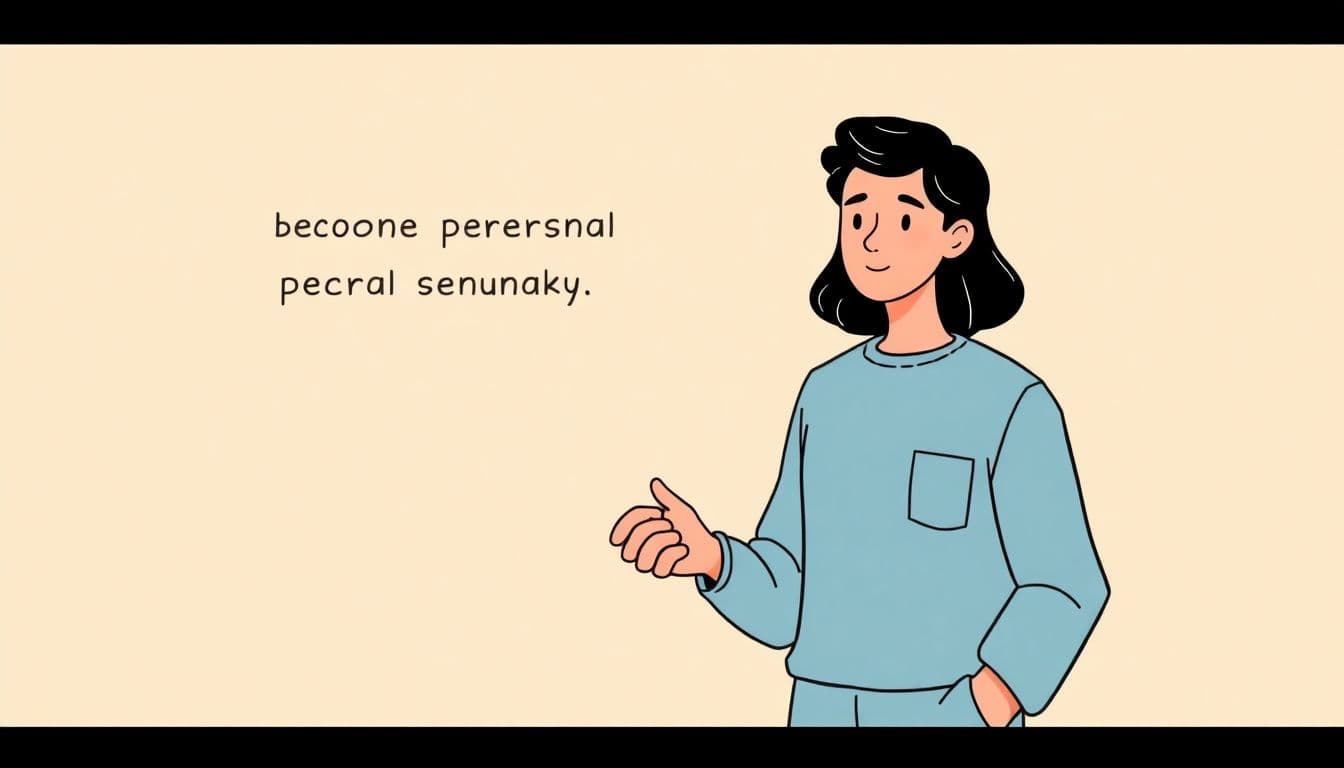Table of Contents
Negotiating contracts can be pretty daunting, right? All those terms and conditions might make your head spin.
But don’t worry! Stick with me, and we’ll break it down together. You’ll find that it’s not as complicated as it seems.
We’ll walk through everything from prepping for the negotiation to sealing the deal. Ready to get started?
Key Takeaways
- Prepare thoroughly by understanding contract terms and industry standards; use data and market trends to support your position.
- Define your priorities clearly, knowing your non-negotiables and where you’re willing to compromise.
- Communicate effectively with clarity and empathy to build trust and understand the other party’s perspective.
- Make strategic concessions to reach mutually beneficial agreements without compromising your key goals.
- Utilize negotiation techniques like knowing your BATNA and leveraging data and technology, including AI tools, for better outcomes.
- Close the deal properly by ensuring all agreed terms are accurately reflected and reviewing the contract thoroughly before signing.

Step 1: Prepare for Contract Negotiation
Before diving into a contract negotiation, it’s crucial to do your homework. Understand every clause and term in the contract to identify areas that might need discussion. Familiarize yourself with industry standards and gather data to support your position. For instance, spend analysis can help you spot cost-saving opportunities and improve supplier performance, giving you leverage during negotiations.
Also, keep an eye on market trends that could impact your negotiation. For example, long-term freight rates have increased significantly, with rates up by 57% from the Far East to North Europe compared to previous years. Being aware of such trends allows you to approach negotiations with informed strategies. If you’re into data, exploring AI for data analytics can provide valuable insights to strengthen your position.
Step 2: Define Your Priorities
Knowing what you want is half the battle in any negotiation. Sit down and make a list of your non-negotiables and areas where you’re willing to compromise. This clarity helps you stay focused during discussions and prevents you from agreeing to unfavorable terms. Remember, successful negotiators often use strategic concessions to maintain relationships while still achieving their key goals.
If you’re feeling overwhelmed about setting clear priorities, think of it like crafting a compelling story. Just as when writing a foreword for a book sets the stage for what’s to come, defining your negotiation priorities sets you up for a successful outcome.
Step 3: Communicate Effectively
Effective communication is the cornerstone of any successful negotiation. Be clear, concise, and open in your discussions. Building a good rapport with the other party fosters trust and makes negotiations smoother. Ask questions to understand their perspective better, and don’t hesitate to express your concerns honestly.
Using empathetic language can go a long way. Phrases like “I understand how important this is for you” or “Let’s find a solution that works for both of us” show that you’re considering their needs, which encourages mutual cooperation. If you want to enhance your communication skills, you might find inspiration in techniques for writing in present tense to keep conversations engaging and direct.

Step 4: Make Strategic Concessions
Negotiation isn’t just about getting everything you want; it’s also about knowing when and where to give a little. Making strategic concessions can help you reach a mutually beneficial agreement while maintaining a good relationship with the other party. For example, you might agree to a longer contract term in exchange for better pricing or additional services.
Interestingly, businesses are increasingly focusing on transparent policies and data-driven benchmarks during negotiations. This approach helps in making concessions that align with your priorities without compromising too much. According to recent negotiation strategies, successful negotiators use strategic concessions to maintain their brand image and foster customer relations. Being flexible where it counts can lead to better deals in the long run.
Remember, making concessions doesn’t mean you’re losing out. It’s about finding a middle ground that benefits both parties. If you’re curious about how strategic concessions can play a role in creative fields, consider how authors negotiate their publishing deals. Understanding the nuances of give-and-take can be crucial, especially if you’re wondering how to get a book published without an agent. The art of negotiation is universal, whether you’re closing a business contract or finalizing a book deal.
Step 5: Utilize Negotiation Techniques
Having a toolkit of negotiation techniques can significantly improve your chances of closing a favorable deal. One effective method is the “BATNA” approach—Best Alternative to a Negotiated Agreement. Knowing your alternatives gives you leverage and confidence during discussions. Additionally, using data to back up your position can make your arguments more persuasive.
In today’s digital age, incorporating technology into your negotiation strategy can provide a competitive edge. Did you know that 88% of professionals expect AI to assist in negotiations? AI tools can analyze contracts and even suggest optimal terms, making the negotiation process more efficient. If you’re interested in how AI is transforming various industries, you might want to explore AI tools for business to stay ahead of the curve.
An essential technique is active listening. Pay attention to what the other party is saying to identify their needs and interests. This understanding can help you propose solutions that satisfy both sides. Also, don’t underestimate the power of silence. Sometimes, pausing after making a point can encourage the other party to offer concessions.
Step 6: Close the Deal Properly
After all the discussions and negotiations, it’s crucial to close the deal properly. This means ensuring that all agreed terms are accurately reflected in the contract and that there are no misunderstandings. Poor contract management can result in a loss of about 9.2% of the annual contract value, with most losses occurring post-signature. So, taking the time to get it right is definitely worth it.
Be sure to review the final contract thoroughly before signing. Consider involving a legal professional to catch any inconsistencies or unfavorable clauses. High-complexity international contracts take an average of 29.6 weeks to complete, while simpler domestic ones take about 4.4 weeks. This shows the importance of allocating sufficient time to review and finalize the contract properly.
Closing the deal isn’t just about signing on the dotted line; it’s about setting the stage for a successful partnership. Clear terms and expectations help prevent future conflicts and build a strong business relationship. If you’re curious about how attention to detail can make a difference, think about how writers meticulously craft their endings. Just like in storytelling, the conclusion of your negotiation should leave both parties satisfied. For some inspiration, check out these horror story plots that masterfully wrap up complex narratives.
FAQs
Research the other party, understand your objectives, gather relevant data, and anticipate potential challenges. Being well-prepared ensures you’re confident and ready to address any issues that may arise during negotiations.
Identify your must-haves, acceptable trade-offs, and deal-breakers. Consider the other party’s needs as well. Clearly defining these priorities helps focus your strategy effectively.
Practice active listening, articulate your points clearly, and confirm understanding to avoid miscommunication. Maintaining a professional and respectful tone builds trust and facilitates smoother negotiations.
Utilize techniques like anchoring with the first offer, asking open-ended questions, and strategically using silence. These methods can influence outcomes in your favor while maintaining positive relations.



